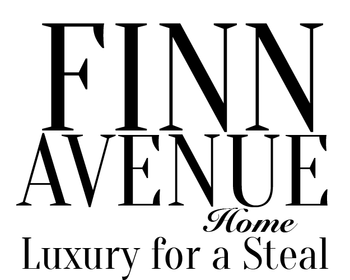Creating A Moodboard To Help With Your Decor Planning

You’ve finally got the keys to your long-awaited BTO, and you can’t wait to turn it into your dream home. But when your interior designer asks you, “How do you want your home to look like?” all you can manage to reply is, “Eh, cosy?”
Trying to describe your grand design plans using mere words can be challenging, as cosy surely means different things to different people. That’s why one tool that many designers (not just interior designers!) use is the moodboard.
What is a moodboard?
A moodboard is a collection of visual elements that serve as the inspiration or reference for a project. When working with others, the moodboard helps with aligning everyone’s direction to a visual identity that everyone can see. But even if you are designing your home yourself, a moodboard can still help to keep you on track and prevent you from being overwhelmed by the myriad of options for 2-seater sofas in Singapore.

There are several ways to build your moodboard, depending on your comfort level and immediate goals. Let’s run through some of them below!
Type #1: Pure vibes
It’s all about what resonates with you! For example, if you want your home to feel warm and cosy, look for photos that evoke that same sense of warmth and comfort in you. If you’re someone who prefers a more dynamic home that screams ‘energy’, choose photos that make you feel that electricity pulse through your veins.
For this type of moodboard, there is no right and wrong! You don’t have to limit yourself to photos of homes or interiors. Some everyday inspirations you may use are photos of nature or the streets of your favourite city.
Type #2: Textures and colours
More for the detail-oriented, this type of moodboard brings together the materials and colours that you would love to see in your home. This is great for people who love experimenting, as you can mix and match different elements to see how they look together.
No detail is too minuscule here: you can even snap photos of the textures of the rugs at a rug shop, find the tiles and tile arrangements that you like, and collate your favourite paint swatches for each room of the home.
Type #3: Furniture and décor
This is where you choose your favourite style of furniture and see which work best together. At this point, you should also decide which items should be the accent pieces and which should be more lowkey. For example, you can work out if the coffee table you already own would go with the vintage luxury leather chesterfield sofa you have been eyeing.
We recommend making this type of moodboard before you go furniture shopping. It should showcase the style of all the necessary furniture items you need to buy, as well as decorative items such as light fixtures, art pieces, and plants.
Conclusion
Moodboards are helpful and so easy to make that even non-designers can create their own. Not sure which type of moodboard to make? The one you choose depends on your comfort level and the stage of your design process. In fact, the process of making your moodboards can also further inspire you and help you discover more ideas!
So, don’t forget to give moodboard-making a try before you get to work on your new home or go furniture shopping. We promise it will be a lifesaver when you’re spoilt for choice at our well-stocked furniture showrooms!
- Finn Avenue Home
